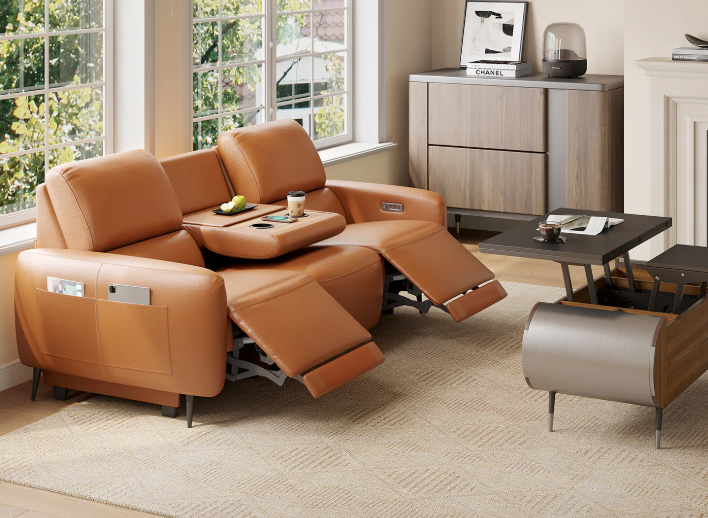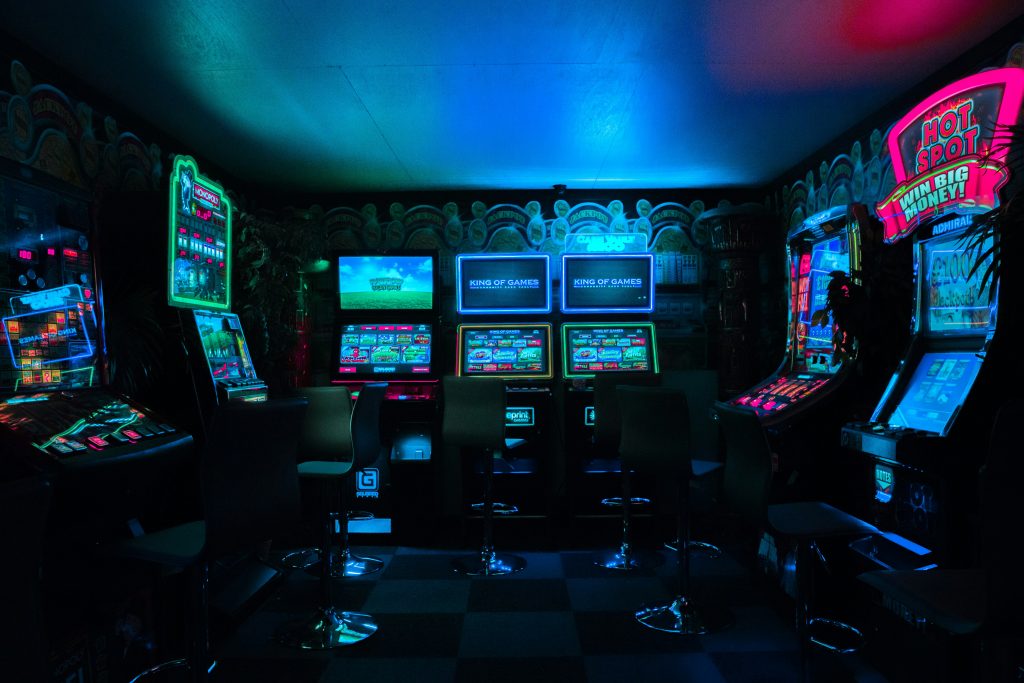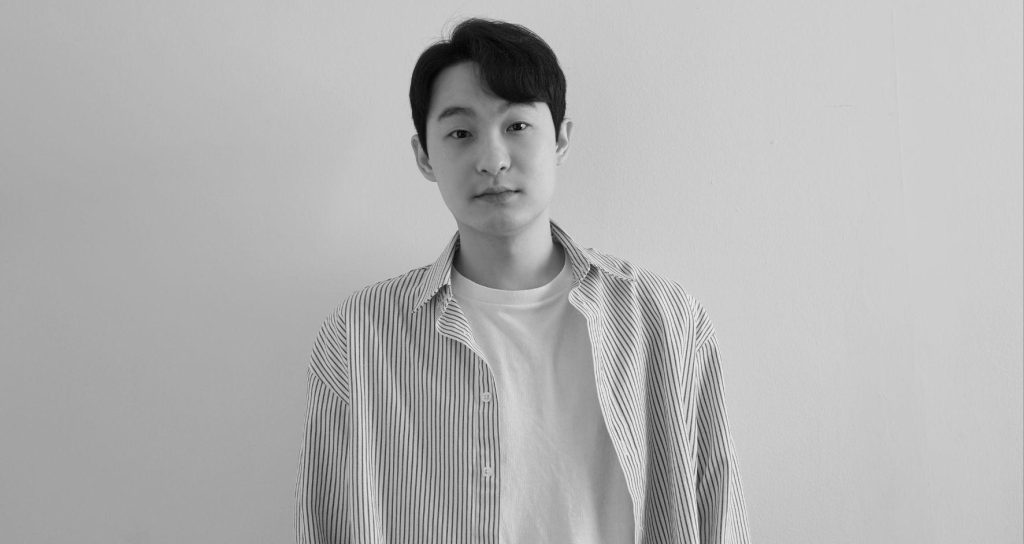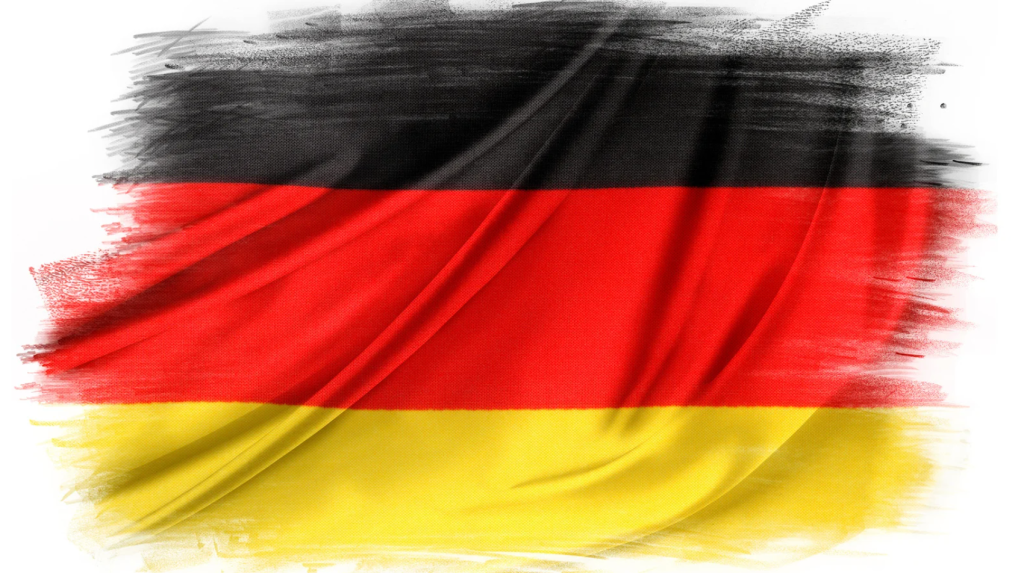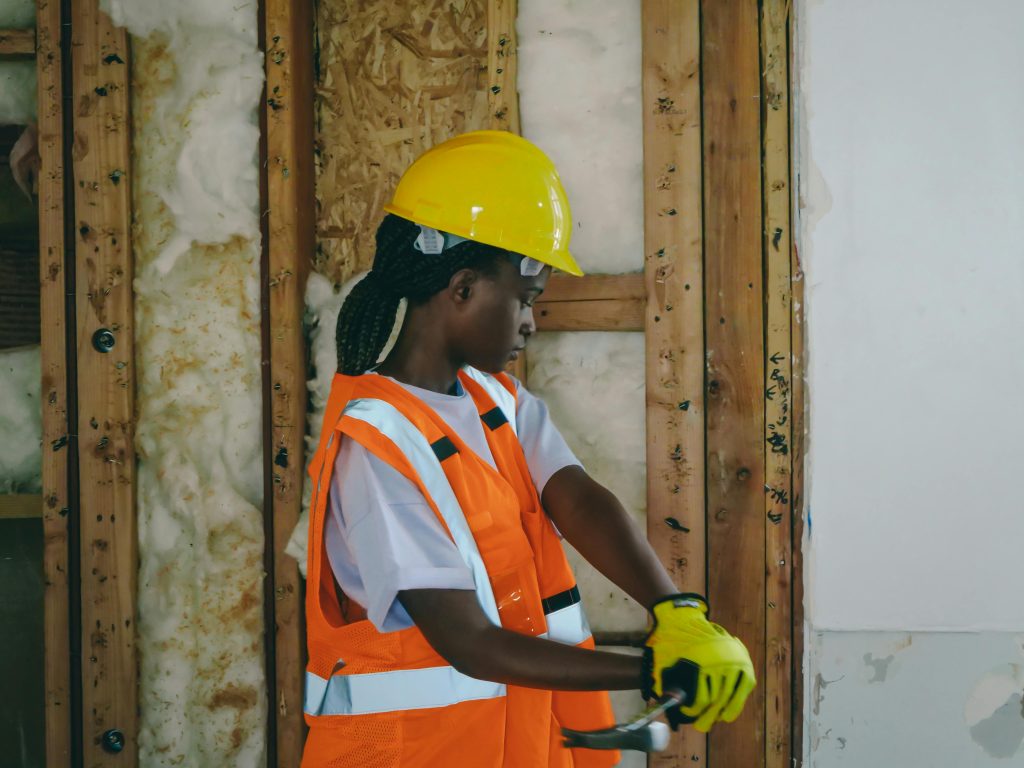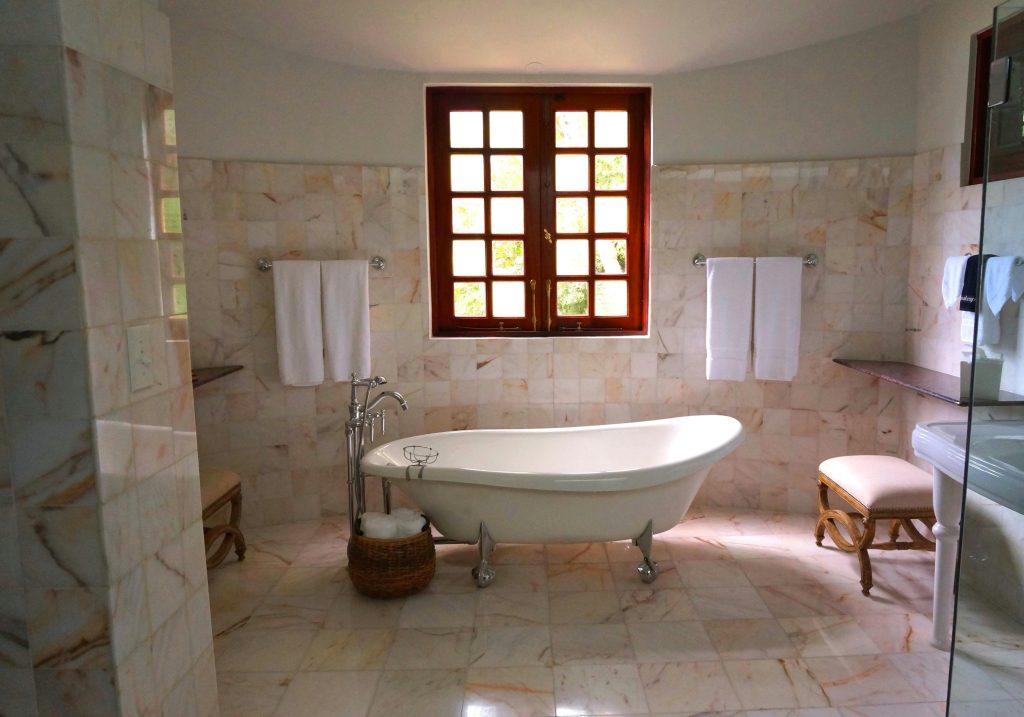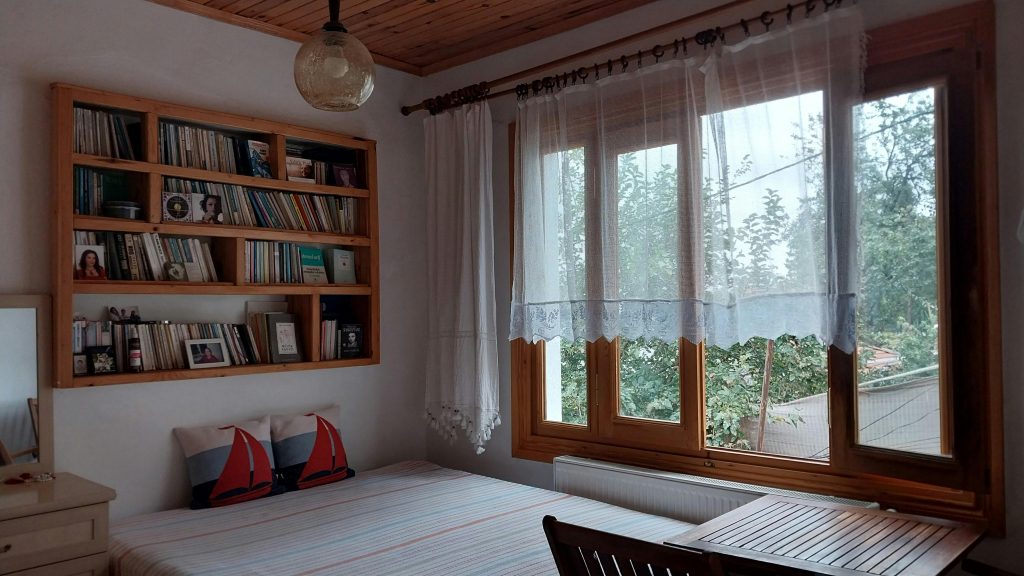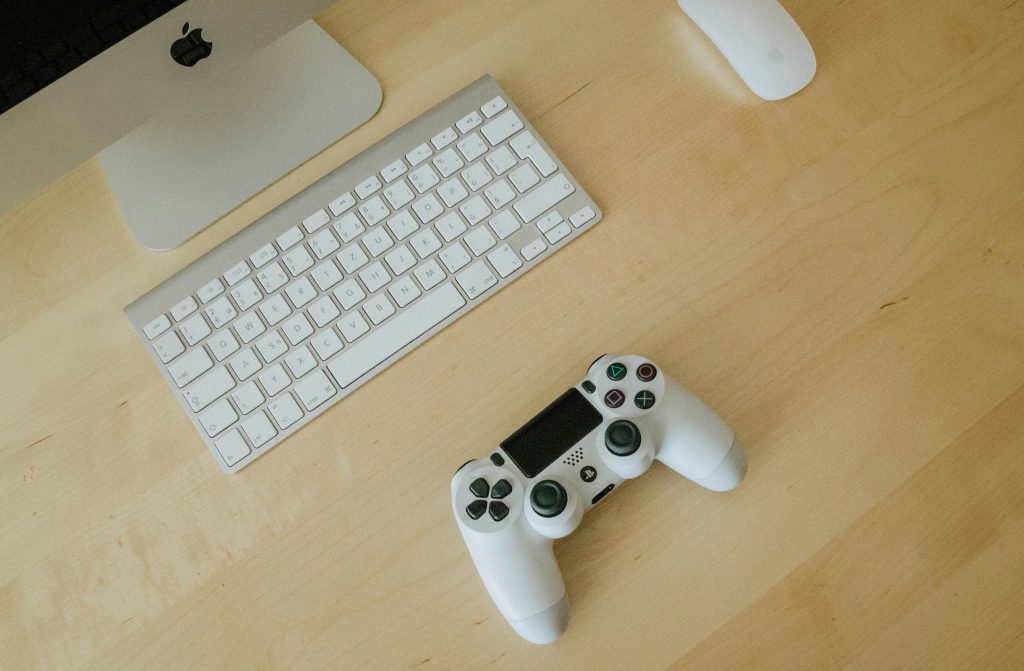Blending modern and traditional design in a home is no longer just a trend, it’s also a way to create spaces that feel both timeless and contemporary. Modern design, with its clean lines, minimalism, and functional furniture, can sometimes feel stark or cold. Traditional design, on the other hand, brings warmth, texture, and character through ornate details, classic furniture, and rich materials. When thoughtfully combined, these styles complement each other, creating a cohesive space that reflects both style and personality.
The popularity of this blended approach is evident in recent homeowner trends. In 2024, over 50% of homeowners undertook renovation projects, showing a strong desire to refresh interiors and explore new design combinations. Additionally, 2025 design forecasts highlight bold colors, sustainable materials, and multifunctional furniture as key trends, signaling that homeowners are increasingly open to experimenting with creative combinations of styles. Whether you’re renovating a single room or reimagining an entire home, understanding how to merge these aesthetics effectively is key to achieving a balanced, inviting space.
1. Understanding the Core Elements of Each Style
Before combining modern and traditional elements, it’s essential to understand what defines each style:
Modern Design: Characterized by simplicity, clean lines, and a “less is more” philosophy, modern interiors often feature neutral color palettes, sleek furniture, and minimal ornamentation. Materials like metal, glass, and concrete are commonly used, emphasizing functionality and an uncluttered aesthetic. Modern design also embraces flexibility, with multifunctional furniture and open layouts allowing for practical, adaptable spaces.
Traditional Design: Traditional interiors are rich in detail and often feature warm tones, textured fabrics, and classic furniture styles. Ornate moldings, carved wood furniture, patterned rugs, and elegant lighting are staples of this style, creating a sense of comfort and timelessness. It emphasizes a layered look, where every piece contributes to a cohesive, curated environment.
Successfully blending these styles is about finding harmony rather than conflict. For example, pairing a modern sofa with a traditional wooden coffee table, or using contemporary lighting fixtures in a room with classic wainscoting, can create an appealing balance. Trends from 2025 show that homeowners are increasingly embracing this mix, incorporating bold colors, textured surfaces, and multifunctional furniture into their spaces. Understanding these core elements and keeping current design trends in mind provides the foundation for a seamless integration of modern and traditional aesthetics.
2. Creating a Balanced Color Palette
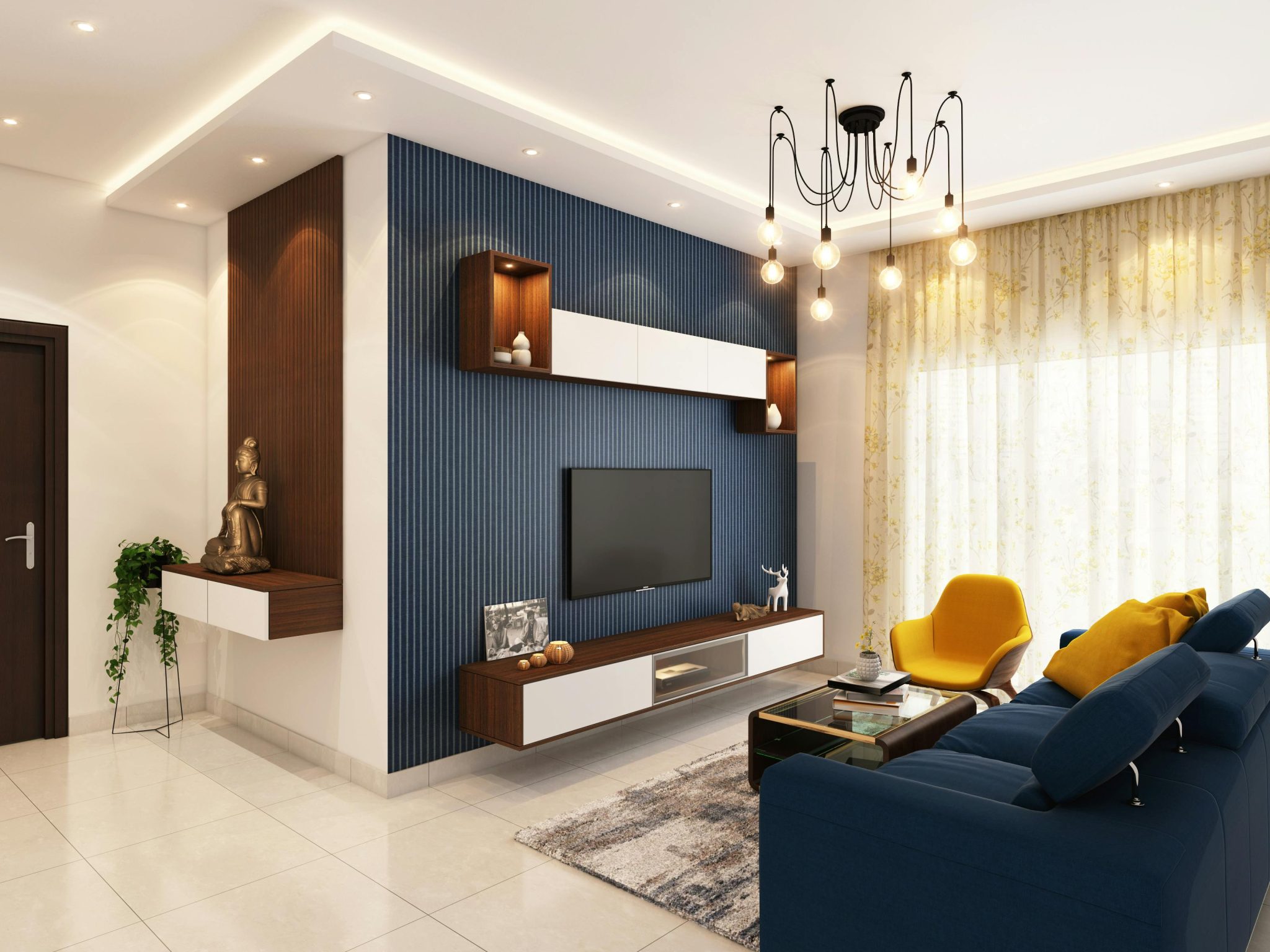
One of the most effective ways to blend modern and traditional styles is through a carefully considered color palette. Modern interiors often lean on neutral tones like whites, grays, and blacks, while traditional spaces embrace warmer shades such as browns, creams, and muted reds. The key to a harmonious blend is finding a balance that allows both styles to shine without competing for attention.
Current design trends from 2024–2025 emphasize nature-inspired colors, making them ideal for this kind of integration. Soft sage greens, warm tans, creamy whites, and rich chocolate browns are particularly popular, offering a palette that feels fresh yet grounded. For example, a modern gray sofa can be complemented by a traditional chocolate-brown rug or wooden furniture to tie the room together. Accent colors such as deep navy or muted gold can also provide continuity across modern and traditional elements.
By thoughtfully layering these colors throughout walls, furniture, and accessories, homeowners can create a space that feels cohesive, inviting, and reflective of both design styles. The key is moderation: let one style dominate in a particular area while using subtle touches from the other to maintain balance.
3. Furniture Selection and Layout Tips
Furniture plays a central role in merging modern and traditional aesthetics, and the layout of these pieces can make or break the harmony of a space. Modern furniture typically features clean lines and minimal ornamentation, while traditional pieces are often ornate, with carved wood, decorative legs, and classic silhouettes. The trick is pairing these elements thoughtfully to create a sense of continuity.
Multifunctional furniture, a major trend in 2025, is especially useful in blending styles. For example, a sleek modern sofa can sit alongside a traditional wooden coffee table, or a minimalist console table can complement a classic upholstered armchair. Mixing materials metal, glass, and wood further enhances this balance.
Planning the layout effectively is key to achieving harmony, and many homeowners now use CAD design drafting services to visualize furniture arrangements, experiment with different pieces, and ensure the room maintains both style and functionality before making any purchases or renovations.
Open floor plans lend themselves well to blending styles, allowing each element space to breathe. Use groupings and focal points to prevent the space from feeling cluttered pair modern lighting with a traditional seating arrangement or a contemporary rug with vintage furniture. With careful planning, you can achieve a space that respects the integrity of both styles while reflecting current homeowner priorities: functional, stylish, and adaptable.
4. Mixing Materials and Textures
Blending modern and traditional design isn’t just about color and furniture it’s also about the materials and textures you choose. The interplay between sleek modern surfaces and rich traditional textures can add depth, interest, and personality to any space.
Key Strategies to Mix Materials:
- Combine Sleek with Ornate: Pair modern glass or metal tables with traditional carved wood furniture to create a striking contrast.
- Layer Textiles: Use traditional fabrics like velvet, brocade, or woven rugs alongside modern linen or cotton cushions. This adds warmth without overwhelming a minimalist layout.
- Accent Walls and Panels: Consider fluted panels, shiplap, or textured wallpaper, which are trending in 2025. They provide a tactile element that bridges contemporary clean lines with classic design.
- Balance Hard and Soft Surfaces: For example, a polished concrete floor (modern) can be softened with a patterned Persian-style rug (traditional).
Tip: When mixing materials, aim for 3–4 complementary textures per room. Too many can create visual chaos, while too few may feel flat.
Current trends highlight textured cabinetry and natural materials as a bridge between styles. In 2025, fluted wood surfaces and nature-inspired finishes are especially popular, allowing modern spaces to gain warmth and traditional elements to feel fresh and updated.
5. Incorporating Decorative Elements
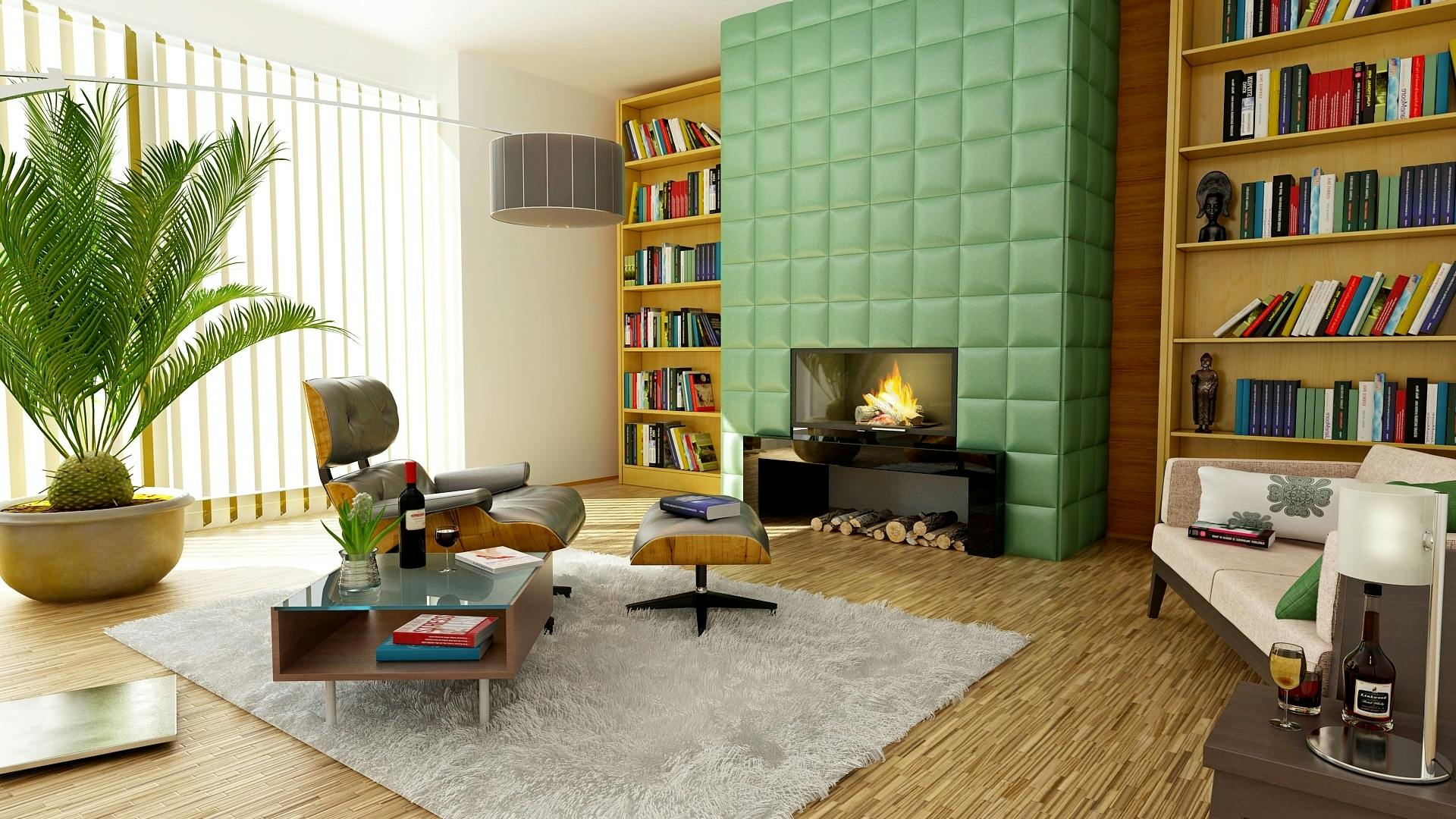
Decorative elements are the final touch that brings a blended design together. They allow homeowners to inject personality, reinforce the style mix, and create a sense of cohesion across a space.
Ways to Incorporate Modern and Traditional Decorative Elements:
- Lighting: Combine a modern pendant light with a classic chandelier in the same room, or pair minimalist sconces with traditional molding.
- Artwork: Use bold, contemporary pieces above traditional mantels or pair vintage paintings with sleek, modern frames.
- Accessories: Mix modern vases, geometric sculptures, and metallic accents with traditional ceramics, books, or heirloom items.
- Mirrors & Wall Decor: Large, minimalist mirrors can complement ornate frames or traditional wall paneling, helping unify both styles.
Practical Tip: Focus on visual balance. If one corner has a highly ornate traditional piece, balance it with a modern element on the opposite side of the room to prevent the space from feeling lopsided.
Trends in 2024–2025 show that homeowners are increasingly using these decorative layers to create multifunctional yet stylish rooms. The combination of textures, patterns, and finishes is not just aesthetic; it reflects how people want their homes to feel comfortable, personalized, and future-proof.
6. Maintaining Cohesion Across Rooms
Blending modern and traditional design doesn’t stop at a single room it should flow consistently throughout the home to feel intentional and harmonious. Cohesion can be achieved by repeating certain elements, such as colors, textures, or materials, across multiple spaces. For example, a neutral wall palette or a recurring wood finish can tie together living areas, dining rooms, and bedrooms while still allowing each room to showcase a unique blend of styles.
Another way to maintain cohesion is by using transitional elements. Rugs, throw pillows, or lighting fixtures that incorporate both modern and traditional touches can act as visual bridges between different design elements. Open floor plans are particularly conducive to this approach, as they allow sightlines to carry colors, textures, and furniture choices from one area to the next seamlessly. By keeping these repeating elements consistent, homeowners can ensure their space feels thoughtfully designed rather than disjointed.
Conclusion
Blending modern and traditional design is an exciting way to create a home that feels both contemporary and timeless. By understanding the core elements of each style, choosing a balanced color palette, thoughtfully selecting furniture, and layering textures and decorative pieces, homeowners can achieve spaces that are cohesive, functional, and aesthetically pleasing.
Trends from 2024–2025 show that nature-inspired colors, textured materials, and multifunctional furniture are helping homeowners merge styles more effectively than ever. Whether you’re updating a single room or planning a full home renovation, the key is to plan carefully, layer thoughtfully, and maintain a sense of balance throughout your home. With these strategies, it’s possible to enjoy the warmth of traditional design while embracing the clean, flexible elegance of modern interiors.




